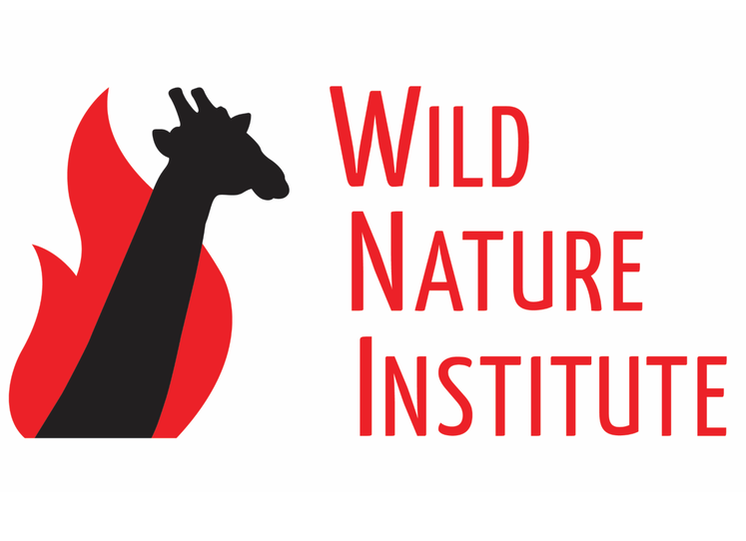|
We are halfway through our latest round of photographic mark-recapture surveys for Maasai Giraffe in the Tarangire-Manyara Ecosystem. Of course, we see lots of other wildlife during our giraffe surveys. Please enjoy some of our favorite photos from the past couple of weeks. Click on the image to make it full-size and view the caption.
0 Comments
We are heading back to the bush tomorrow to make another round of Giraffe photographic capture-recapture surveys. So, we won't be posting here as regularly as in recent weeks. We promise lots of nice pictures will appear here when we're finished with surveys in mid June.
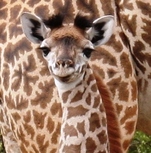 One of the greatest pleasures of our field work is being in close contact with baby giraffes. We often have to drag ourselves away from watching their playful antics and adorable demeanor or we’d never finish our surveys! As is unsurprising for the world’s tallest animal, a newborn giraffe stands at 2 meters, which is taller than the average man. Moreover, a calf can grow more than two centimeters a day, and at least 1 meter in the first six months – and may nearly double its height in the first year! For the first few weeks of life, its daily routine consists of doing as little as possible to conserve energy so it can quickly outgrow predators. Hmmm, Derek also likes to do very little but he doesn’t have that predation excuse… After a 15-month pregnancy, a mother giraffe gives birth whilst standing up. That is a pretty long fall for a newborn! Baby giraffes can stand and nurse just 10 minutes after birth and can walk and run soon afterwards. At first its walk is awkward and unsteady, but in as little as 30 minutes it might break into a well-coordinated gallop. During the first week to month, the calf is kept in isolation, either with the mother or hidden in the bushes. The mother-calf bond is strengthened during this time as they frequently sniff, touch, rub, and even lick each other. The newborn is curious, imitative, trusting, and quick to learn. While some people have reported weak relations between cows and their calves, giraffe mothers are actually watchful and attentive, defending their calves from predators with determination, and frequently in close contact with their babies. The large size, excellent vision, cautious and alert behavior, high vantage point for visual scanning, and formidable hooves makes an adult giraffe nearly immune to predation. This is not so of the calves. They are quite vulnerable, especially to lions and spotted hyenas. Their best defense is to remain hidden – when alarmed they stand motionless, facing the danger and presenting a slim profile that could easily be mistaken for a tree stump. They are also fast – they can run easier than they walk and can build up surprising speed almost instantaneously, and over a short course are even faster than adults. Their final defense is to grow as quickly as possible and so outsize most potential predators. After a few weeks calves begin eating leaves in addition to nursing milk. They can look after themselves within a few months. In time, the mother no longer repels the advances of other giraffes and deliberately leads the calf to the company of other calves. Association with other giraffes allows individual mothers more time to feed and to leave their calves temporarily to find water, as there are more eyes to watch for predators. In a nursery group, known as a “crèche,” the calves spend time cavorting, gamboling, and frolicking together. 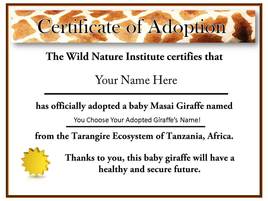 It truly fills one with hope and inspiration to watch the next generation of giraffes play and grow. We invite you to share in the joy of baby giraffes and help us protect their savanna habitat by participating in our Adopt-a-Giraffe program. With your donation, you will receive an adoption certificate and a photo of a baby giraffe, and we will keep you updated on our research and conservation work. Please join us in ensuring a future for the giraffes of the Tarangire-Manyara Ecosystem. Envision a large majestic bird of prey, sporting a hooked bill like an eagle and an impressive crest and tail of long, black feathers – but one that also walks along the ground on legs like a stork’s and could easily be mistaken for a crane while in flight. Put those pieces together, and you’ve got yourself a Secretarybird!
Found only in the open grasslands and savannas of sub-Saharan Africa, the Secretarybird looks quite unlike any other bird. It hunts on foot for small mammals, lizards, snakes, tortoises, insects, and young birds, and is most notorious for its ability to kill extremely venomous snakes by stomping them to death! Its name is probably derived from the Arabic “saqr-et-tair,” meaning hunter bird. We often see these birds strolling through the grass, and we’ve even spotted a few of their nests on top of the Acacia trees. Anything that eats venomous snakes is awesome in our opinion, and these birds are definitely awesome! Four conservation organizations – John Muir Project, Center for Biological Diversity, Blue Mountains Biodiversity Project, and Biodiversity Conservation Alliance – just petitioned the federal government to list the Black-backed Woodpecker in California's Sierra Nevada, Oregon's Eastern Cascades, and the Black Hills of Wyoming and South Dakota as threatened or endangered under the Endangered Species Act. This woodpecker thrives best in heavily burned forests because its main food source is long-horned and jewel beetle larvae. These beetles flock to a forest on fire to lay their eggs within the freshly dead and dying burned trees: shortly thereafter Black-backed Woodpeckers arrive to feast on the superabundance of nutritious larvae. Black-backed Woodpeckers are better able to bore into very hard, recently dead trees than any other woodpecker in the world! Black-backed Woodpeckers bore into tree trunks to get at the big, delicious larvae within, but they also use their specialized excavating abilities to create nesting holes. A cavity in the hardest dead trees in the most heavily burned forests is an ideal place for woodpeckers to raise their young because it is safe from predators. Moreover, when the woodpeckers’ chicks have fledged, other cavity nesters like bluebirds and house wrens raise their own chicks in the abandoned holes. These secondary cavity nesters cannot excavate their own holes, relying on woodpeckers to do the work – making woodpeckers keystone species in the forests where they live. Widespread post-fire logging and fire suppression have reduced the amount of suitable habitat for all the many species that thrive in burned forests, the most iconic and specialized of which is the Black-backed Woodpecker. The Wild Nature Institute supports the conservation of burned forest habitat so the Black-backed Woodpecker can continue to play its critical ecological role in the web of life.
|
Science News and Updates From the Field from Wild Nature Institute.
All Photos on This Blog are Available as Frame-worthy Prints to Thank Our Generous Donors.
Email Us for Details of this Offer. Archives
July 2024
|
|
Mailing Address:
Wild Nature Institute PO Box 44 Weaverville, NC 28787 Phone: +1 415 763 0348 Email: [email protected] |
|


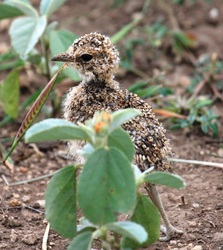
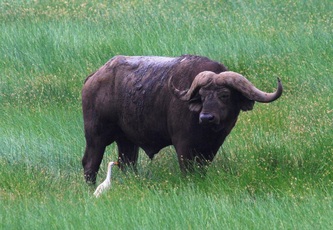
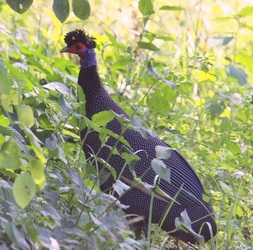
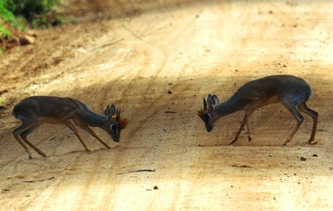
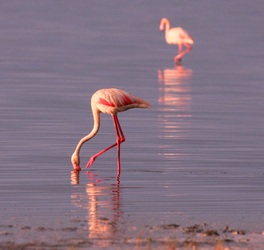
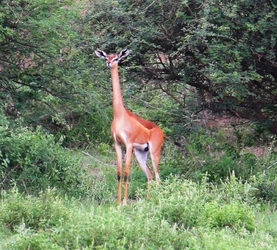
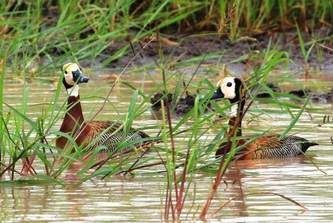
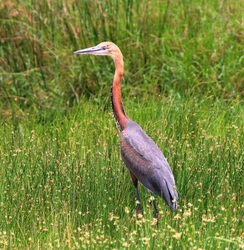
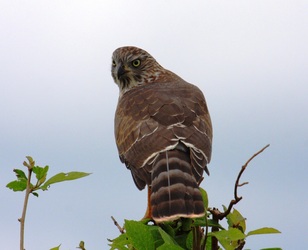
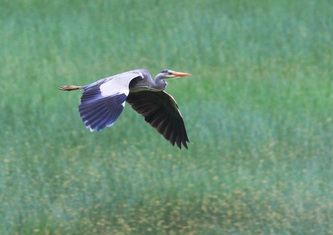
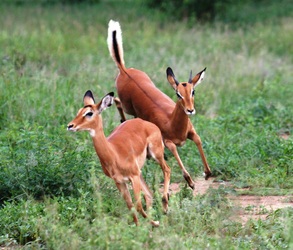
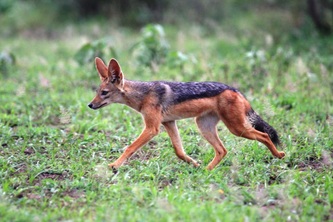
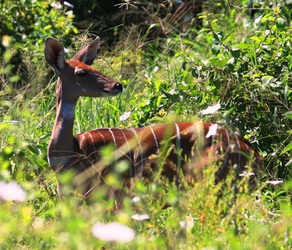
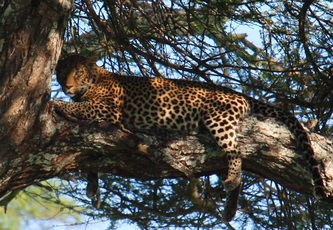
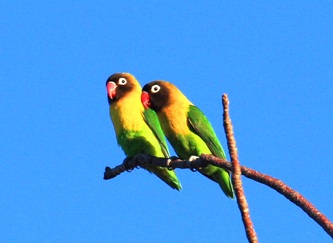
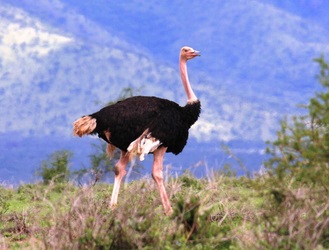
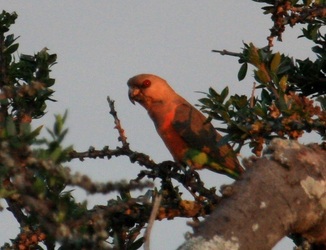
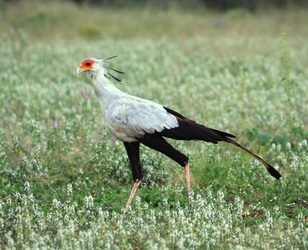
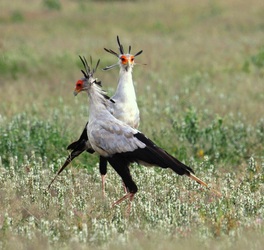
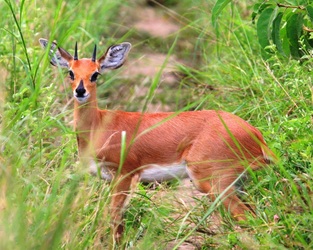

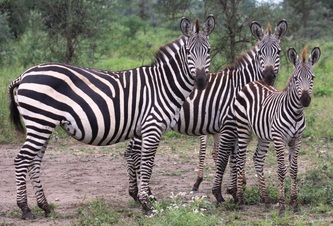
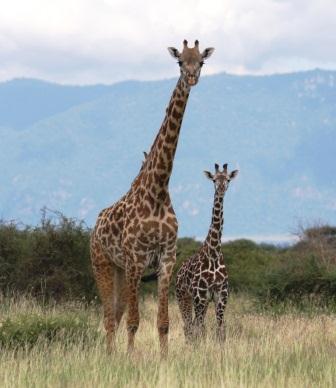
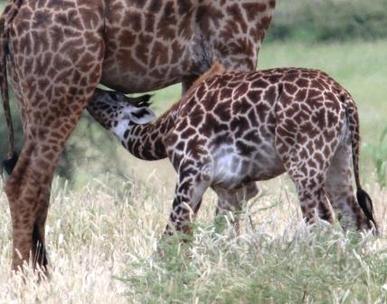
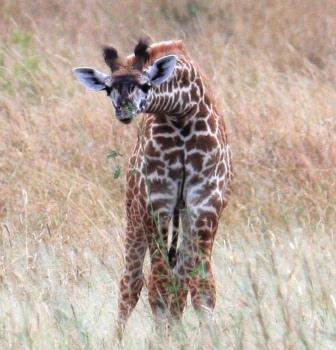
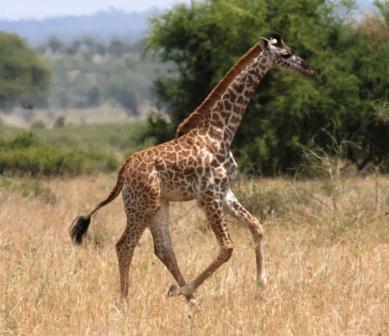

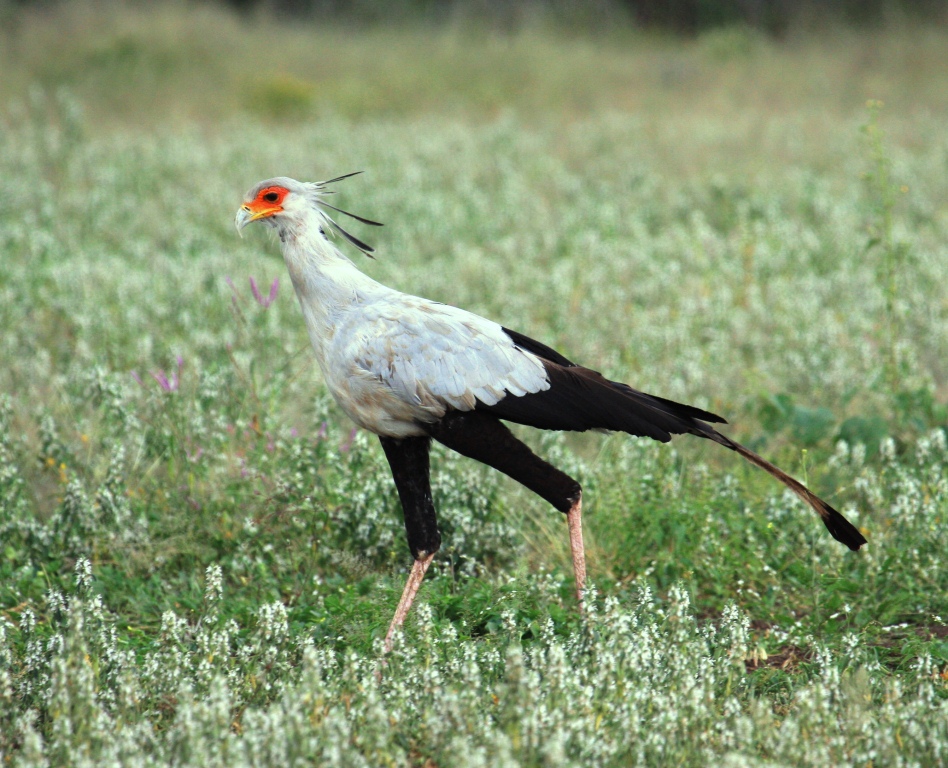
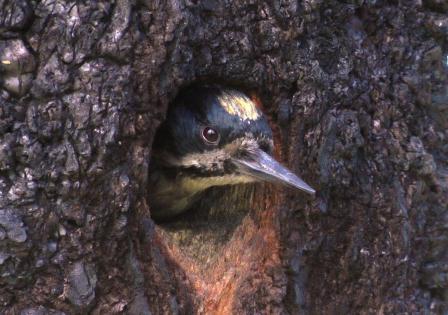
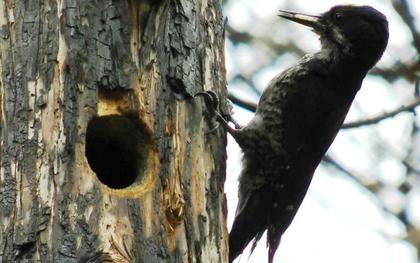
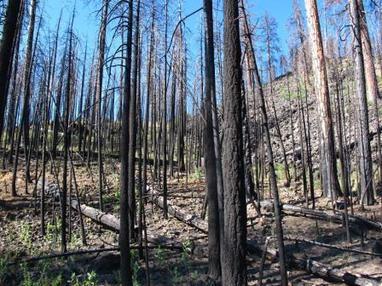
 RSS Feed
RSS Feed
